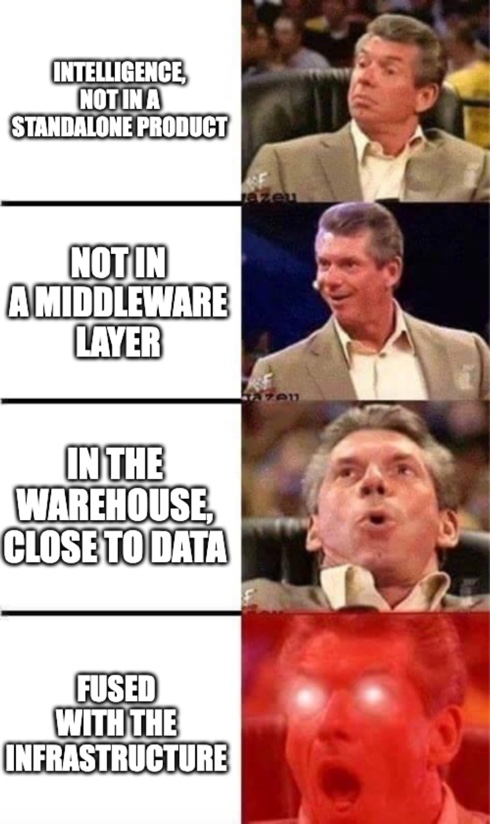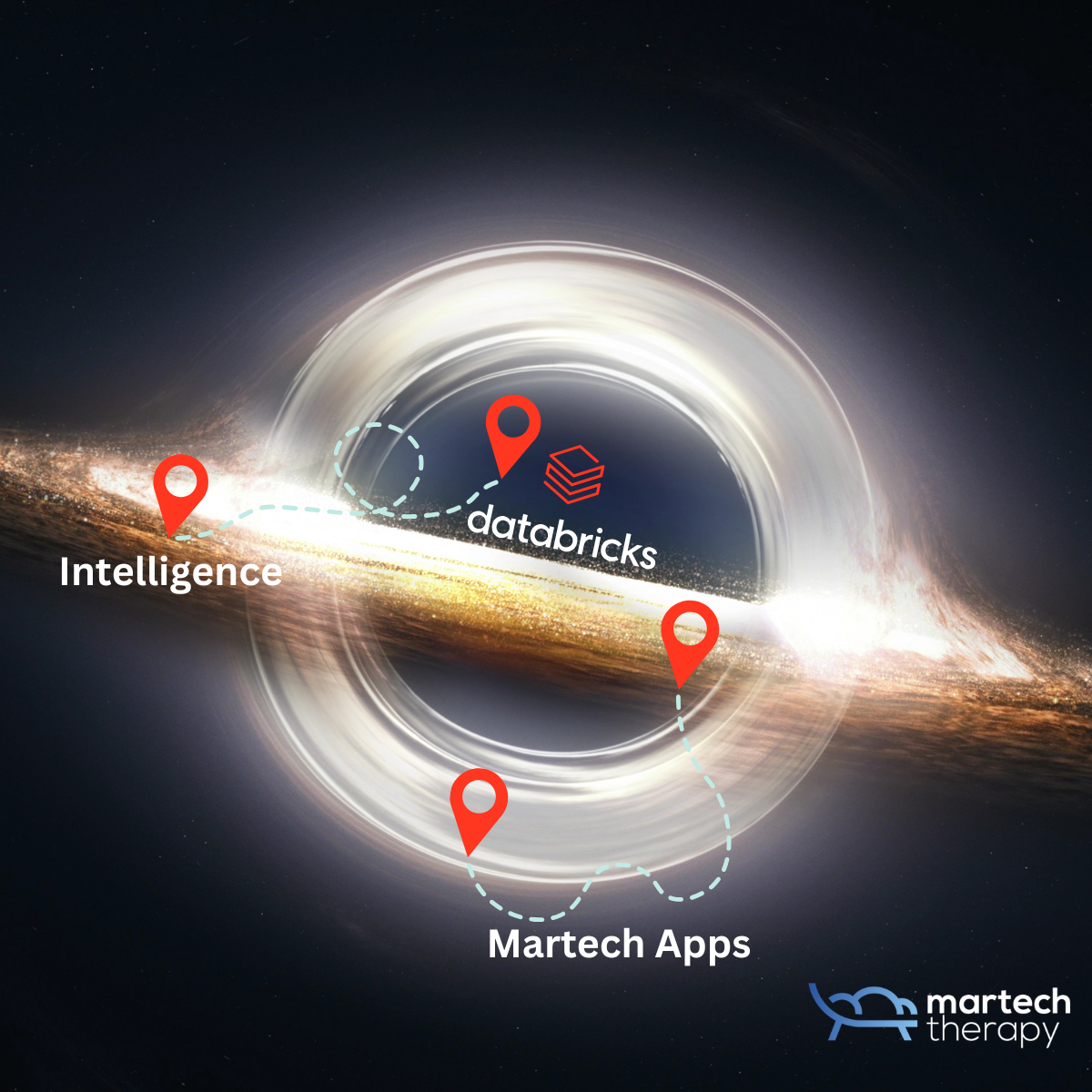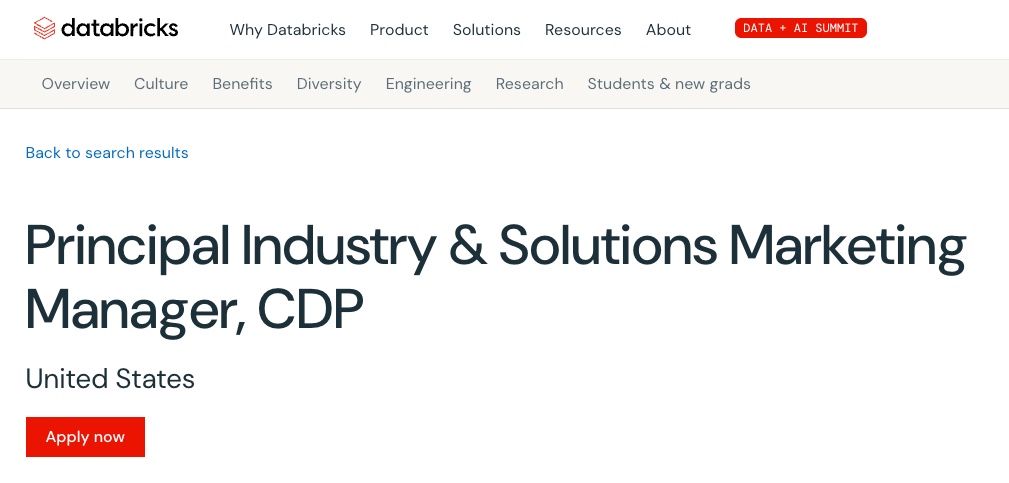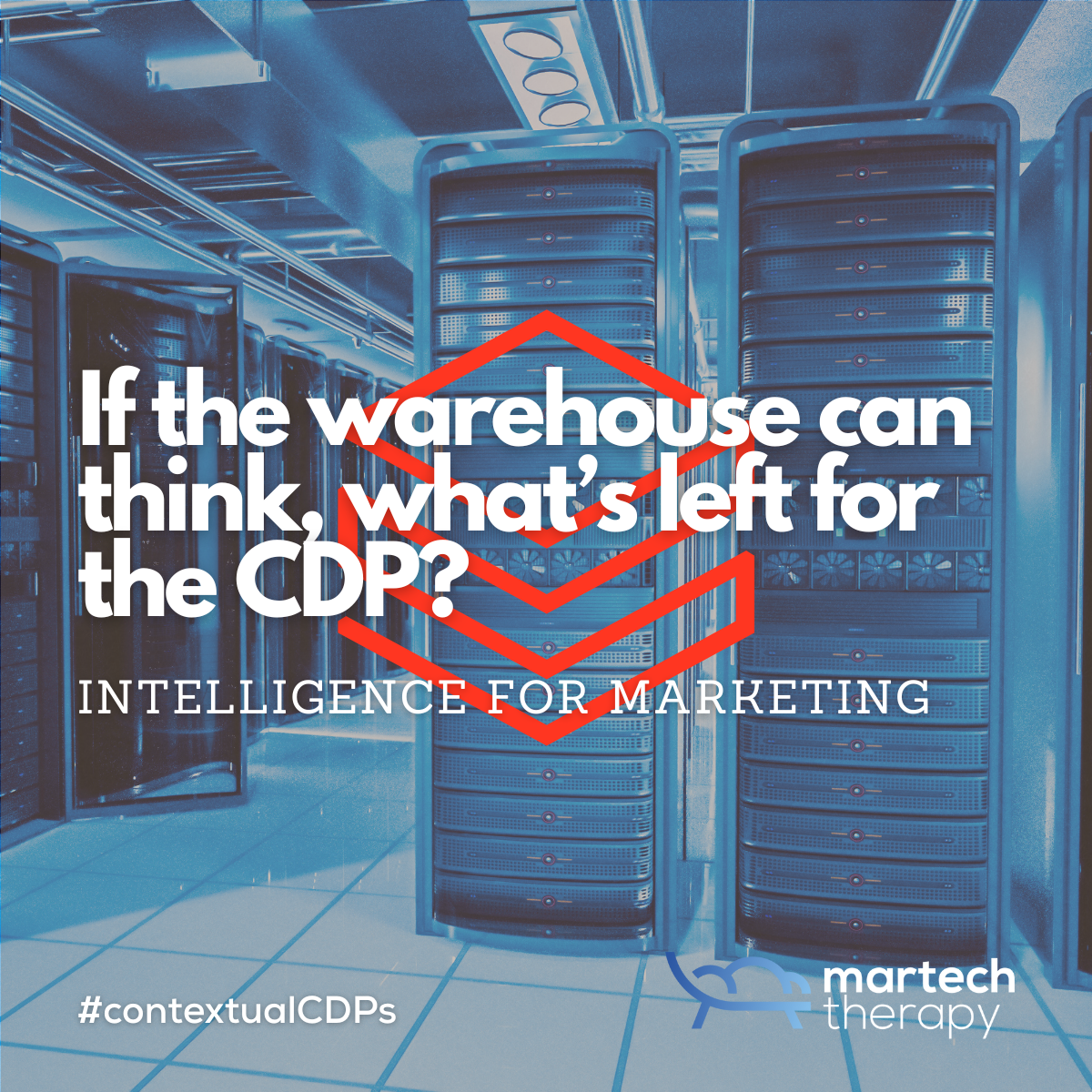Nope, this isn’t an analysis of a press release. We’ve seen all Databricks partners do that generously all over LinkedIn. It’s a reflection, a personal one (I had some spare time over the weekend), on something that’s been building quietly in the background and what it means now that someone has taken a concrete step forward. That someone is Databricks.
Last week, Databricks launched something called Data Intelligence for Marketing. And sure, you could skim the headline and file it under “AI feature drop.” But that’s not what caught my attention.
What stood out was where the intelligence lives. Not in a standalone product. Not in a middleware layer. But deep in the warehouse, close to the data, fused with the infrastructure.

For anyone building around CDPs, it means that it is time to pay attention.
Let me walk you through why.
Composable CDPs offer incredible freedom. But freedom has a cost. These stacks often rely on a distributed memory. Data here, identity there, orchestration somewhere else. Intelligence floats above it all, hoping everything syncs on time.
In my Contextual CDP series, I’ve argued that composability without context leads to superficial decisioning. And nothing robs context faster than latency and fragmentation. You can quote me on this.
Which brings me to Keanu Taylor’s Data Gravity. In Essay 200 of The Martech Weekly (subscription required, but definitely worth it), he framed it perfectly:
Data doesn’t want to move. Apps, services, and intelligence migrate toward the warehouse.

This isn’t a futuristic idea. It’s already reshaping the Martech ecosystem, I mean it is one of the core drivers of composable to begin with. Warehouses like Snowflake and Databricks are creating marketplaces, embedded logic, and native app ecosystems designed to pull intelligence inward. You know, like a black hole.
So what happens to the CDP when the intelligence no longer lives at the edges?
I don’t think this ends with CDPs disappearing into the void, although past mergers and acquisitions do tend to make you think that. And, well, the category is sure on the brink of slipping into a black hole. Good thing the technology is solid. But it does change their posture. They become delivery layers, not decision layers. Surfaces, not systems of record. And that reframes what we should expect from them.
Databricks didn’t announce a CDP, and perhaps rightfully so, given their partner ecosystem. Although they do have an interesting job opening on their site. I am thinking that the goal is to convince more companies to move to a composable CDP solution, most likely (I was unable to verify this) through partners.

Moving on, Databricks showed what happens when you remove the need for one to think externally. And for those of us working in Martech strategy, implementation, and architecture, that creates a question worth asking:
If the warehouse becomes the engine for decision-making and data unification, where does that leave CDPs in terms of identity, activation, and all the rest?
I explore this in more detail in the previously released video Did Databricks just make CDPs smarter? However, I wanted to use this space to open the door a bit wider for responses and hopefully for conversation.
If someone from Databricks wants to join me on the podcast, I’m ready.
And if you’re building Martech infrastructure, I’d love to hear how you’re thinking about this next layer.
Until then, keep building with intent.
Connect with me on LinkedIn if you want to talk further about this.
📲 Follow Martech Therapy on:
- Instagram: https://www.instagram.com/martechtherapy/
- Youtube: https://youtube.com/@martechtherapy
- Bluesky: https://bsky.app/profile/martechtherapy.bsky.social
Want to stay up-to-date with my thoughts on Martech? Make sure to subscribe 👇🏻



Discussion